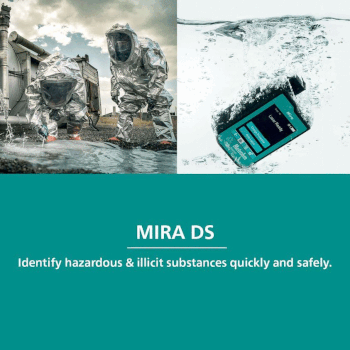Relationship between Occurrence of Antibiotic Residues and Bacterial Resistance in Waste and Natural Waters
Keywords:
antibiotic residues, antibiotic resistance, resistance genes, waste waters, waste water treatment, natural waters, pollutantsAbstract
Antibiotic resistance presents an ever increasing threat to human health. Dissemination of resistance is related to the widespread use of antibiotics in human as well as veterinary medicine. Selection of resistant bacterial strains may occur upon contact with low concentrations of antibiotics including subinhibitory levels. Sewage system, waste water treatment plants and receiving watercourses comprise an environment where large bacterial populations are exposed to anthropogenic antibiotic residues. According to some hypotheses, selection taking place in such environment is a significant source of resistant pathogens. This review article provides pertinent information on antibiotic resistance and origin of antibiotic residues in the environment and summarizes relevant original articles reporting determination of antibiotic residues along with resistant phenotypes or genetic markers of resistance in municipal waste waters and anthropogenically impacted aquatic environment. The original literature is discussed in terms of judging the significance of the selection process in these environments.





